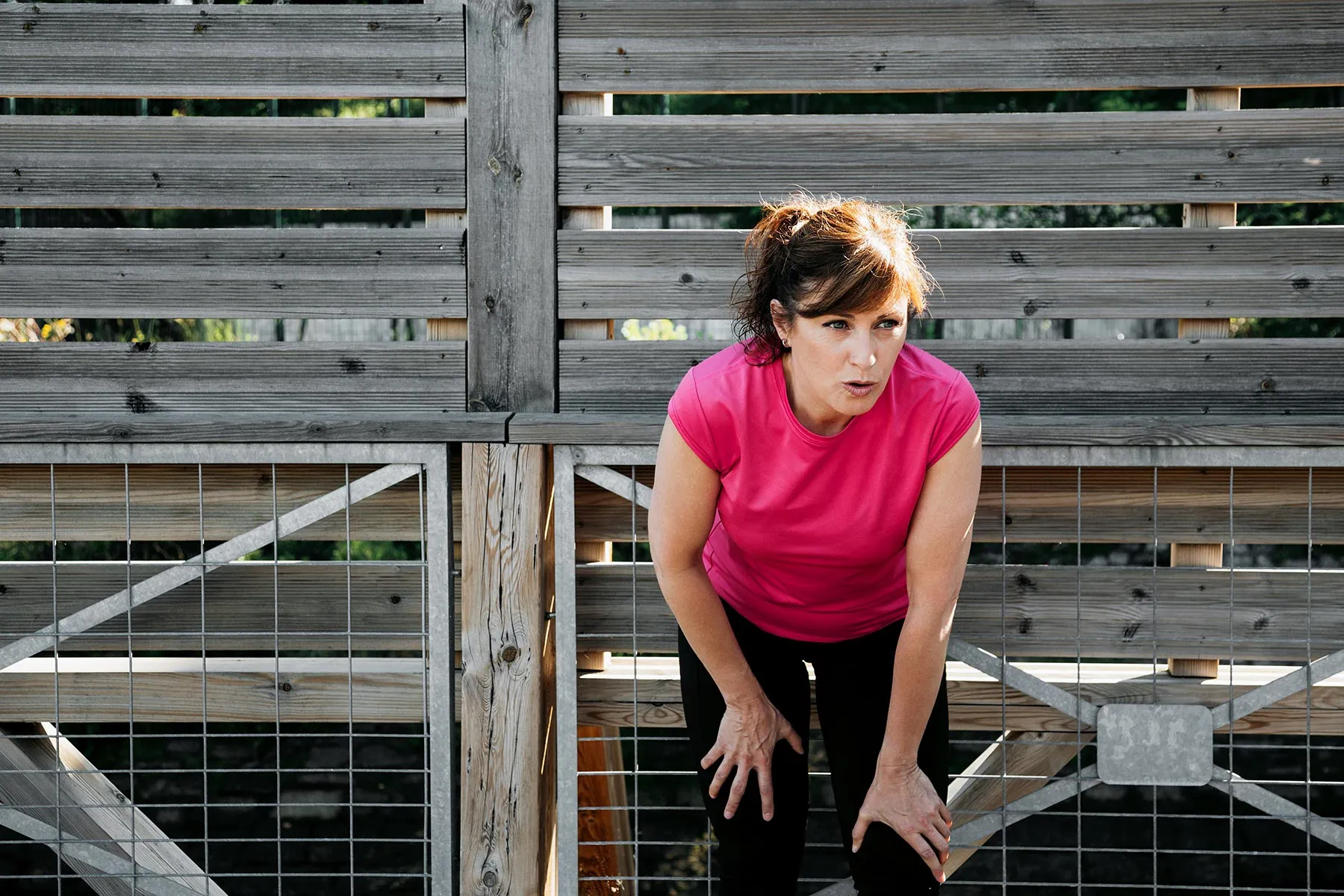
[ad_1]
Nov. 30, 2022 – If there’s one public well being message People have heard loud and clear, it’s this one:
Transfer extra.
Take extra steps.
Spend extra time doing bodily exercise – a minimum of 150 minutes per week, in accordance with the most recent tips.
However listening to the message doesn’t imply we act on it. A whopping 25% of People don’t get any bodily exercise past what they do of their job, in accordance with a CDC survey.
A brand new research suggests a unique strategy: You don’t must do extra. Simply do what you’re already doing, however with somewhat extra effort.
The research builds on rising proof that implies train depth issues simply as a lot as the quantity. So, one thing so simple as turning a leisurely stroll right into a brisk stroll can, over time, result in important reductions in your threat of heart problems. No extra strikes, steps, or minutes wanted.
Step It Up
Researchers at Cambridge College and the College of Leicester in England checked out information from 88,000 middle-aged adults who wore an exercise monitoring machine for 7 days.
The units tracked each the full quantity of exercise they did and the depth of that motion – that’s, how briskly they walked or how arduous they pushed themselves.
The researchers then calculated their bodily exercise vitality expenditure (the variety of energy they burned once they had been up and shifting) and the proportion that got here from average to vigorous bodily exercise.
What’s the distinction?
- Bodily exercise means any and each motion you do all through the day. Largely it’s mundane duties like procuring, strolling to the mailbox, taking part in along with your canine, or cooking.
- Reasonable-intensity bodily exercise consists of stuff you do at a sooner tempo. Possibly you’re strolling for train, doing yardwork or family chores, or possibly you’re operating late and simply attempting to get someplace sooner. You’re respiratory somewhat tougher and presumably working up a sweat.
- Vigorous-intensity bodily exercise is normally an train session – a run, a strenuous hike, a tricky exercise within the health club. It may also be an exhausting chore like shoveling snow, which feels like a exercise. You’re undoubtedly respiratory tougher, and also you’re most likely working up a sweat, even in the course of winter.
Over the following 6 to 7 years, there have been 4,000 new circumstances of heart problems among the many individuals within the research.
Those that bought a minimum of 20% of their bodily exercise vitality expenditure from average to vigorous actions had considerably much less threat of coronary heart illness, in comparison with these whose higher-effort actions had been about 10%.
That was true even for these whose whole exercise was comparatively low. So long as higher-effort actions reached 20% of their whole, they had been 14% much less prone to be identified with a coronary heart situation.
And for these with comparatively excessive exercise ranges, there was little additional profit if their average and vigorous actions remained round 10%.
That discovering stunned Paddy Dempsey, PhD, a medical analysis scientist at Cambridge and the research’s lead writer. But it surely additionally is sensible.
“Individuals can enhance their cardiorespiratory health to a larger diploma with higher-intensity exercise,” he says. “Extra depth will stress the system and result in larger adaptation.”
The secret’s a rise within the quantity of oxygen your coronary heart and lungs can present your muscle tissue throughout train, a measure generally known as VO2 max.
Elevating your VO2 max is one of the simplest ways to cut back your threat of early demise, particularly demise from coronary heart illness. Merely shifting up from the bottom conditioning class to the next one will reduce your threat of dying in any given 12 months by as a lot as 60%.
Making Strides
The research builds on earlier analysis that exhibits the advantages of shifting sooner.
Strolling sooner will naturally enhance your stride size, one other predictor of longevity and future well being. A evaluation research printed in 2021 discovered that older adults who took shorter steps had been 26% extra prone to have a incapacity, 34% extra prone to have a serious opposed occasion (like an harm that results in a lack of independence), and 69% extra prone to die over the following a number of years.
High quality vs. Amount
We’ve targeted to this point on the standard of your bodily exercise – shifting sooner, taking longer strides.
However there’s nonetheless rather a lot to be mentioned for motion amount.
“It could be a mistake to say quantity would not matter,” Dempsey cautions.
A 2022 research within the journal The Lancet discovered that the chance of dying throughout a given interval decreases with every enhance in each day steps. The protecting impact peaks at about 6,000 to eight,000 steps a day for adults 60 and over, and at 8,000 to 10,000 steps for these underneath 60.
“The relative worth of the standard and amount of train are very particular to an individual’s targets,” says Chhanda Dutta, PhD, chief of the Medical Gerontology Department on the Nationwide Institute on Getting old. “If efficiency is the objective, high quality issues a minimum of as a lot as amount.”
Dempsey agrees that it’s not a cage match between two. Each step you’re taking is a step in the best route.
“Individuals can select or gravitate to an strategy that works greatest for them,” he says. “It’s additionally useful to consider the place some on a regular basis actions could be punctuated with depth,” which may very well be so simple as strolling sooner when potential.
What issues most is that you simply select one thing, Dutta says. “You might have extra to threat by not exercising.”






